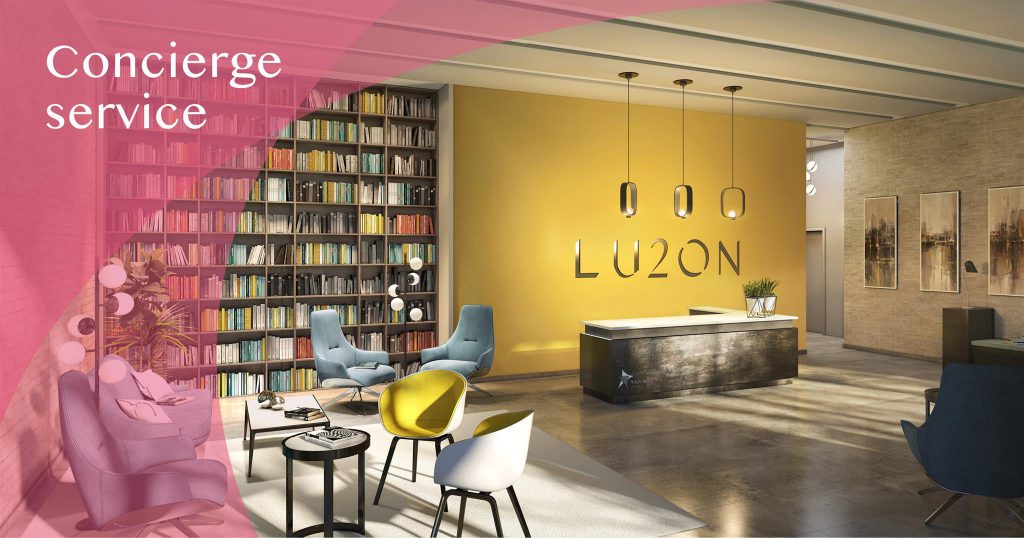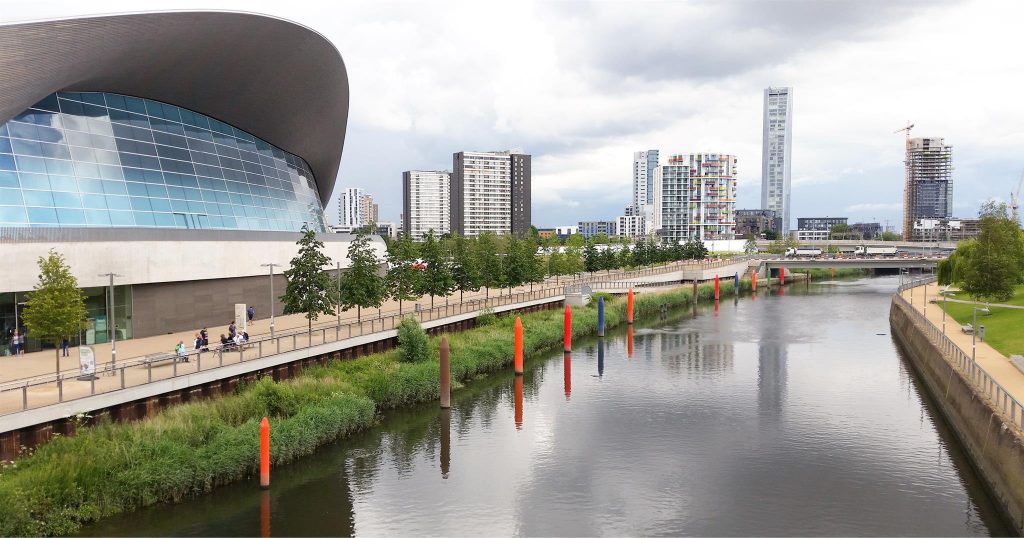Build to Rent (BTR) – Explaining the Industry’s Acronyms

Planned concierge lobby at the award-winning Lu2on development
In simple terms, a Build to Rent (BTR) building is referring to a refurbished or newly constructed residential building where all of its units/apartments are rented out, owned by one landlord, and professionally managed by one operator. Most BTR buildings are large, having 50 or more units, and typically owned by an institutional investor.
The UK’s first large scale BTR building(s) developed out of the refurbishment of the 2012 Olympics Athletes Village in Stratford, right after the games. Today you can find BTR buildings all over London with more in Stratford, Wembley, Canary Wharf, Greenford, Hammersmith, and Ealing with the London suburbs of Luton and Harlow soon to follow.

Olympic village, Stratford, the birthplace of BTR in the UK
The success of the Athlete’s Village and other BTR buildings across London heralded other cities to follow suit up and down the country. BTR buildings continue to be developed mainly in urban centres like Newcastle, Leeds, Manchester, Birmingham, Milton Keynes, Reading, Kent, Southampton, Bristol, Cardiff, Edinburgh, Aberdeen and Glasgow.
In Q1 of this year alone, the number of completed BTR units increased by 42% compared to the same period in 2019 (source: BPF). The attraction for Institutional Investors will undoubtedly continue as they look to diversify their asset portfolios beyond other real estate sectors or (less predictable) stocks and shares. CBRE research shows that in 2019 £2.4 billion was invested into BTR buildings and that £1.5 billion worth of BTR deals are currently under offer.
The property industry has many acronyms, and they can be confusing. Private Rental Sector (PRS) is the term used for all residential rental properties outside of public housing and often BTR buildings can be confused with buildings that are built and the units sold off to Buy-to-Let (BTL) investors.

The rapid growth of the PRS is in part due to house prices outpacing wage growth but also to renting as a lifestyle choice, primarily for location but also for flexibility. Renting as a lifestyle choice is what will fuel BTR developments. BTR buildings will have onsite amenities such as fitness centres, workspaces, resident lounges, home cinema rooms, automated parcel rooms, and services like 24-hour concierge, superfast connectivity, dry cleaning, laundry, housekeeping, and community events will all be part of the living experience. The residents in BTR buildings are customers, with many of the customer services and services of the hotel and hospitality industry copied or adapted to create communities that will keep residents renting year after year.
Is BTR a sector that knows no bounds? Yes, for now, and for a long while to come as one of the principal constraints in UK housing remains the same; rising demand and shortage of supply.
For more information on BTR or to talk to one of our team, click here.


